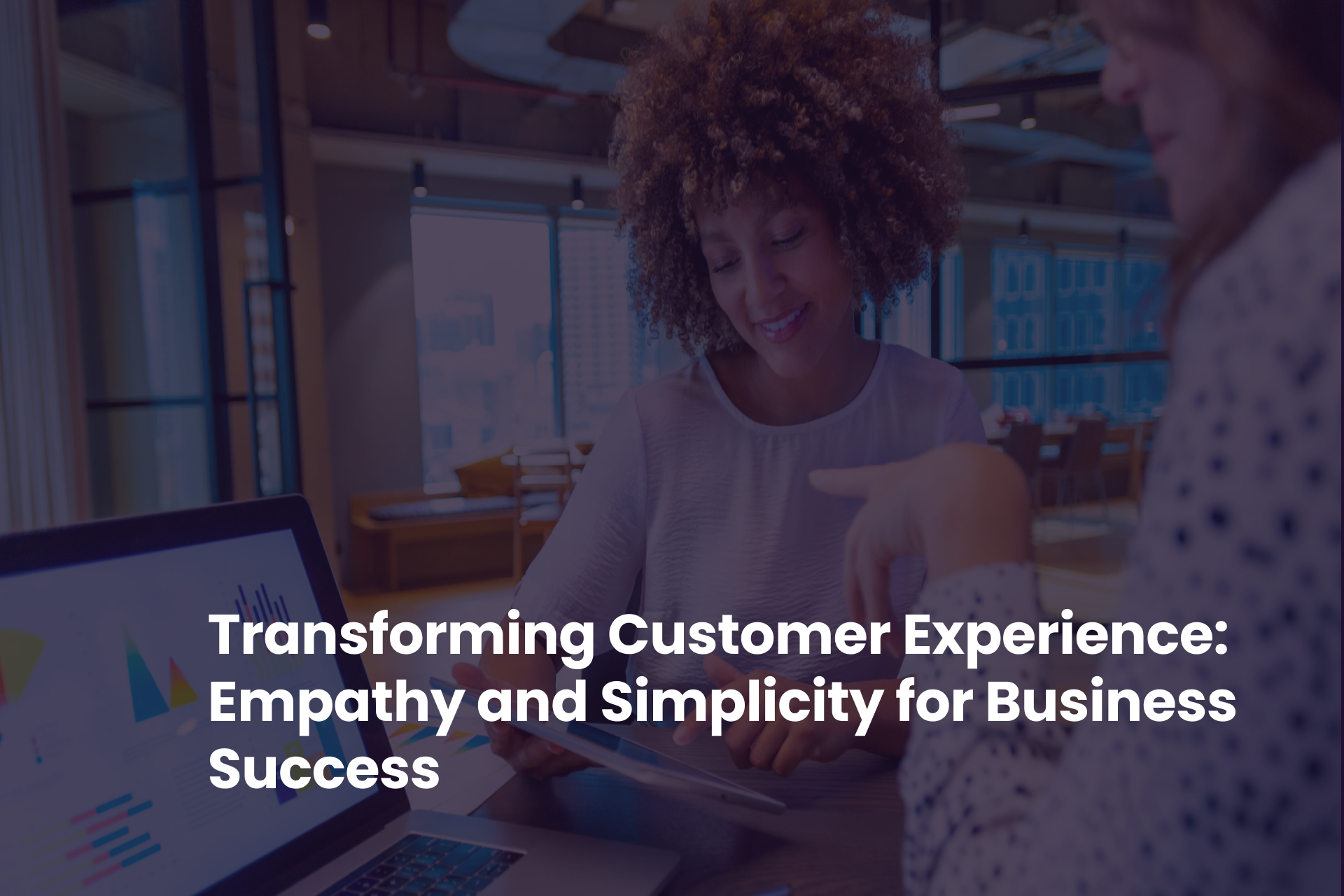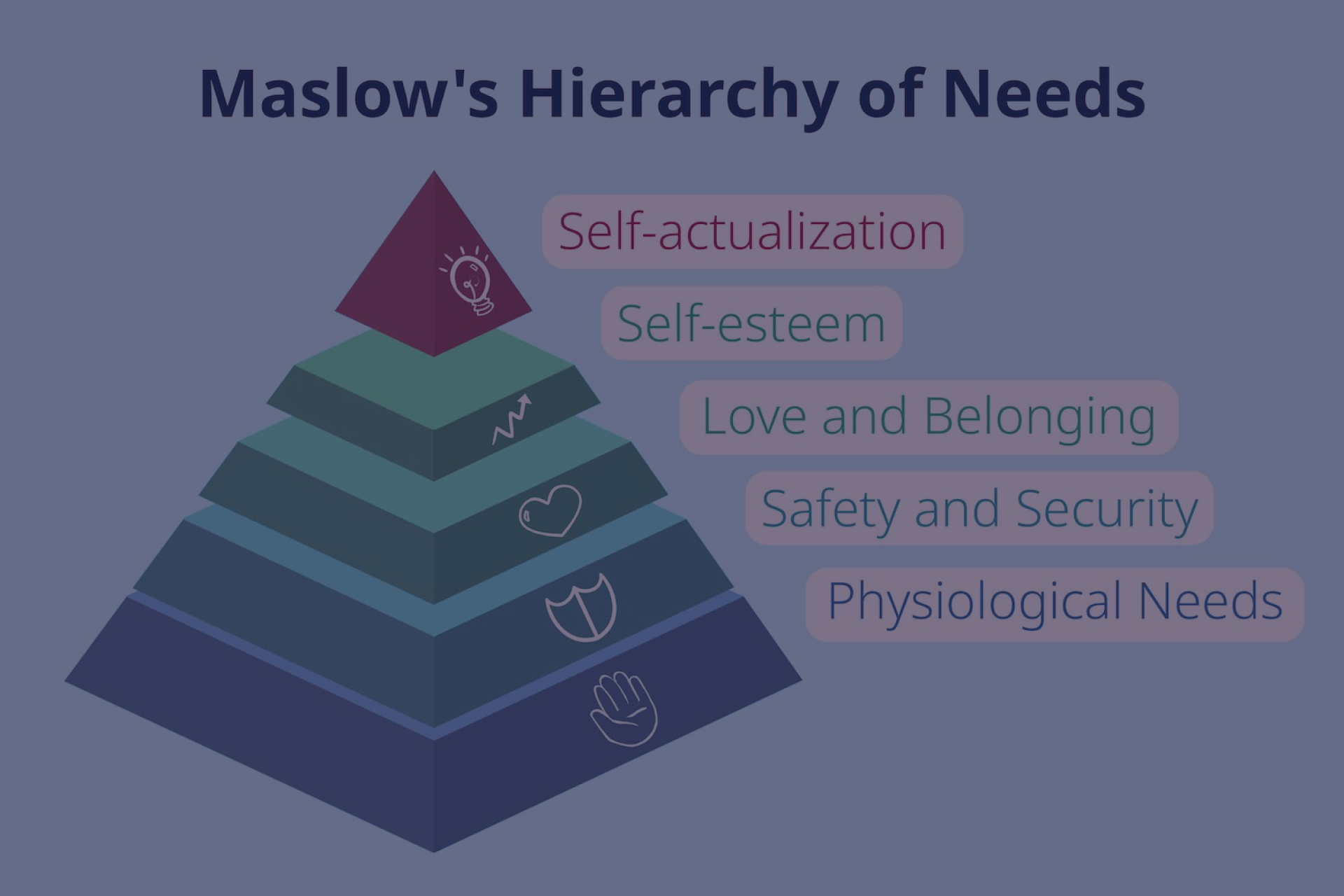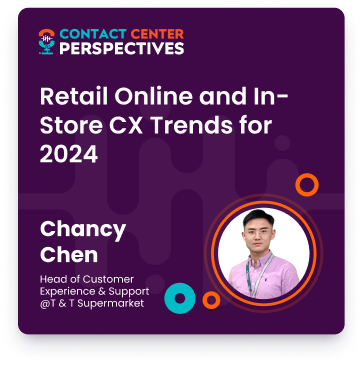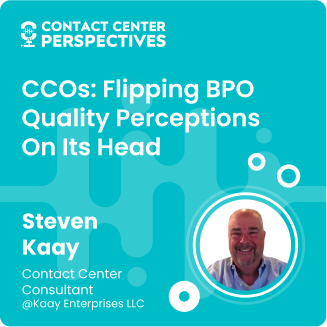How to Start Your Customer Experience Digital Transformation

Byline: This article is based on an interview with Patrick Martin, the EVP of Global Customer Experience at Coveo, who has over 25 years of experience in services and support.
Introduction
In today’s digital age, providing frictionless customer experience has become a top priority for businesses across industries. Customers expect seamless interactions, personalized services, and effortless transactions. However, achieving this level of customer satisfaction requires careful planning and execution. This article will delve into the key takeaways from a conversation about creating a frictionless customer experience and provide a step-by-step guide to help businesses navigate their digital transformation journey.
Start Small And Iterate
Embarking on a digital transformation journey can be overwhelming, especially involving multiple business units and a large customer base. It is crucial to start small and iterate to avoid getting lost in the complexity. As one of the speakers in the conversation suggests, businesses should begin by selecting one business unit and working closely with a subgroup of customers.
By focusing on a smaller scale, businesses can gather valuable feedback and make necessary improvements before expanding the changes to a broader audience. This iterative approach allows for a more controlled and manageable transformation process. It also minimizes the risk of disrupting the entire customer experience if any issues arise during implementation.
Martin emphasizes the importance of involving customers in this process. Businesses can tap into their insights and preferences by inviting them to be a part of the transformation journey. This collaborative approach helps identify pain points and builds a sense of ownership and loyalty among customers. As the changes are rolled out gradually, customers feel valued and appreciated for their contributions, leading to a more engaged customer base.
Engage Customers In The Discussion
To truly understand and address customer pain points, businesses must actively engage their customers in discussion. This can be done through various channels, such as user groups, customer conferences, or dedicated feedback sessions. By dedicating time and resources to understanding the customer experience, businesses can gain valuable insights and identify areas for improvement.
The speaker suggests asking customers questions like,
“How easy is it for you to do business with us?” and “What frustrates you about our experience?”
By listening to their feedback, businesses can uncover pain points that may have gone unnoticed. This customer-centric approach ensures that the transformation efforts are aligned with the customers’ needs and expectations.
Moreover, involving customers in the discussion helps businesses avoid assuming they know what is best for their customers. While internal business problems are important, they should not overshadow the customer’s perspective. Businesses can create solutions that truly enhance the customer experience by prioritizing the customer’s voice.
Solve Customer Problems First
While it is essential to address internal business problems, the goal should be to solve customer problems. The speaker emphasizes the need to put the customer first and make them an integral part of the decision-making process. By doing so, businesses can ensure that their efforts are focused on delivering value to the customer.
To achieve this, businesses must identify and understand their customers’ pain points. This requires active listening, gathering feedback, and analyzing customer data. Businesses can develop solutions that directly address their pain points by gaining insights into customer needs and preferences.
However, it is important to balance solving customer problems and benefiting the business. The speaker highlights the need to attack both fronts simultaneously. By solving customer problems, businesses can enhance customer satisfaction and loyalty, ultimately benefiting the bottom line. It is a win-win situation where the customer’s needs are met, and the business achieves its goals.
Conclusion
Creating a frictionless customer experience is a journey that requires careful planning, iterative improvements, and active customer engagement. By starting small, involving customers in the discussion, and solving their problems first, businesses can transform their customer experiences and drive long-term success.
Remember, digital transformation is not a one-time event but an ongoing process. Continuously seek feedback, adapt to changing customer needs, and iterate on your solutions. By prioritizing the customer experience, businesses can build strong relationships, foster loyalty, and stay ahead in today’s competitive landscape.
So, are you ready to embark on your journey towards a frictionless customer experience? Start small, engage your customers, and solve their problems. The rewards will be worth the effort.
Looking for specific information?
Our specialist will help you find what you need in customer service outsourcing
Book a callDiscover Contact Center Perspectives Podcast
Discover the themes that resonate most with your challenges
 English
English





